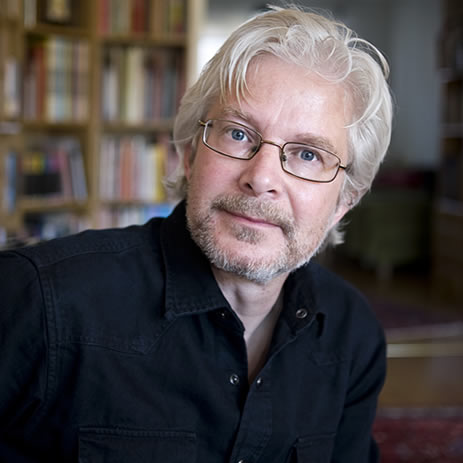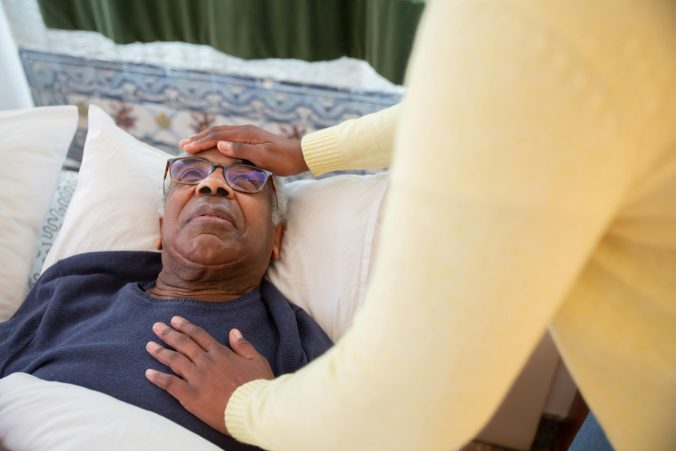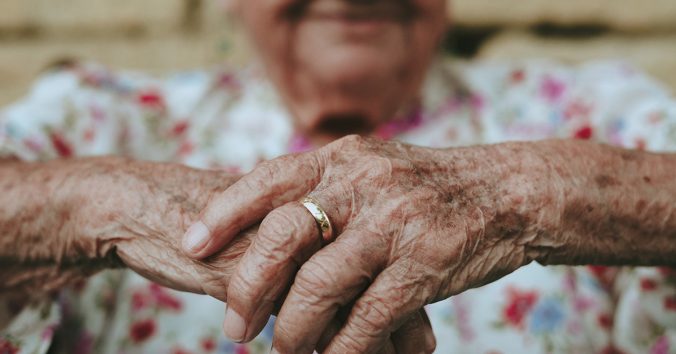A large proportion of pregnant women in Sweden undergo prenatal diagnosis to assess the likelihood of chromosomal anomalies in the fetus. This initially involves a so-called CUB test, which combines ultrasound with a biochemical test. If the CUB test indicates a high probability of a chromosomal anomaly, further tests are offered. This can be a non-invasive NIPT test, which examines small parts of the fetus’s DNA that are found in a blood sample from the woman, or an invasive test which involves a slightly increased risk of miscarriage.
What influences pregnant women’s decisions about whether or not to undergo prenatal diagnosis? A study investigated the question by interviewing 24 pregnant women in an early stage of pregnancy. Most had not yet been informed by the midwife about prenatal diagnosis and their perceptions in the interviews were therefore probably not influenced by information from healthcare professionals. The study should be highly relevant to prenatal care and genetic counseling as it provides insights into what influences decision-making for pregnant women and deepens the understanding of what they perceive is at stake.
It is instructive to take part in the results and how the interviewees think about prenatal diagnosis. The pregnant women’s reasoning is based on their own experiences, perceptions and values. When they wonder about chromosomal anomalies, they do not wonder about genetics, but about what the anomalies can mean for the child and for themselves. What kind of life can the child have? And how are the conditions for one’s own professional and social life affected? Women who did not consider terminating the pregnancy in the event of a chromosomal anomaly still saw value in prenatal diagnosis, as the knowledge could make it possible to prepare for the birth of the child. Some saw the test as an opportunity to confirm the pregnancy and the health of the fetus, while some were concerned that the CUB test only indicates the probability of a chromosomal anomaly. If a woman can give birth to a completely healthy child despite the test indicating a high risk of anomaly, is it worth the anxiety that the risk assessment would create during pregnancy? Self-perceived risk also influenced the decision-making. Some stated that they would probably choose prenatal diagnosis if they were older, or if there had been a history of chromosomal anomalies in the family.
Furthermore, certain external factors influenced the women’s reasoning about prenatal diagnosis, such as the characteristics of the test. It was very clear that they preferred risk-free tests. Even women who were positive about prenatal diagnosis became hesitant if the testing procedure in question could increase the risk of miscarriage. The accuracy of the test was also important, as was the time between testing and receiving results. For women who could consider terminating their pregnancy in the event of a chromosomal anomaly, early prenatal diagnosis was important. Other people’s perceptions of prenatal diagnosis were another external factor that could influence the decision-making. Although some of the interviewees emphasized that decisions about their bodies were their own, the majority wanted the opportunity to discuss the decision about prenatal diagnosis with their partner. The interviews also revealed that the attitudes of the healthcare professionals influenced the decisions, for example whether the midwife presents prenatal diagnosis as something urgent or not. Finally, the way healthcare services are organized could also influence the decisions. The very fact that prenatal diagnosis is offered was perceived by some women as a recommendation. The fact that the CUB test is subsidized for pregnant women over a certain age meant that older women perceived it as more compelling to choose it, while younger pregnant women might not choose it even if they wanted to.
In addition to the fact that the interview study provides insights into how pregnant women think about prenatal diagnosis, the analysis of the interview material contributes to an overview of how multidimensional the decision-making is. So much is at stake, so many types of factors interact and influence the decisions. When pregnant women are informed about prenatal diagnosis, all of these factors should be taken into account in order to support the women’s decision-making. Healthcare professionals should also be aware that their attitudes and demeanor influence women’s decisions, and that decisions are influenced not only by what they say to the women but also by what they do not say, the authors conclude their article.
To see more results and read the authors’ discussion, you can find the article here: Factors influencing pregnant women’s decision to accept or decline prenatal screening and diagnosis – a qualitative study.

Written by…
Pär Segerdahl, Associate Professor at the Centre for Research Ethics & Bioethics and editor of the Ethics Blog.
Ternby, E., Axelsson, O., Ingvoldstad Malmgren, C. et al. Factors influencing pregnant women’s decision to accept or decline prenatal screening and diagnosis – a qualitative study. J Community Genet 15, 711–721 (2024). https://doi.org/10.1007/s12687-024-00746-3
We like real-life ethics











